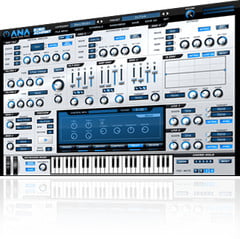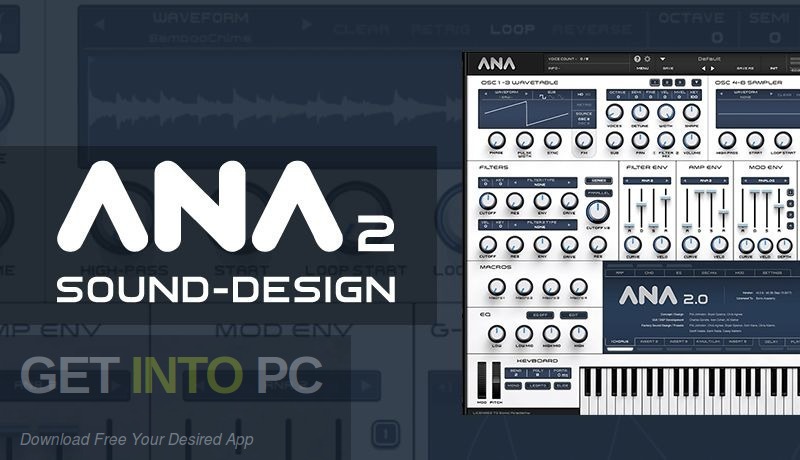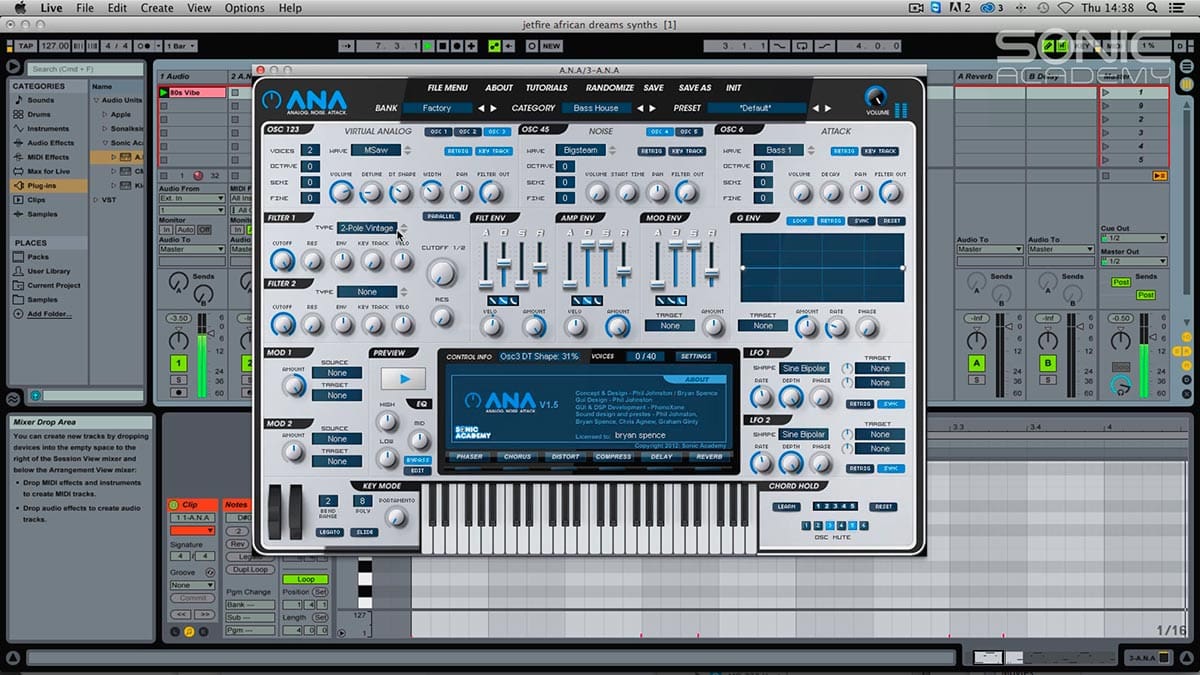
Mod1 and Mod2 can be assigned a source and a target. There are Monopolar and Bipolar versions of Sine, Triangle, Saw Up, Saw Down, Pulse, Random, and Sample and Hold.

With the 2 LFOs, you can assign them the same way as the G-Env, but they each have 2 targets available, versus the one target of the G-Env. It’s great for getting even more control over the sound than you would using the ADSR envelopes alone. You just right-click on the envelope to create a new point and then drag that point where you want. The G-Env is an envelope you can edit and assign to the Osc attributes, LFOs, EQ, Filters, and even the FX. For the filter called LP + Dist, there is a distortion built-in to it, and it uses the Res knob to control the amount that is added. The filters can be run in series or parallel.Įach envelope section has standard ADSR controls, and there are 3 selectable envelope curves for the Filter, Amp and Mod Envelopes.

3), including 2 and 4-pole (plus HP and BP versions), and 4 different Formant filter types, just to name a few. There are many other useful ones included: a few of them are strings, bass, bell, EP, and a pizzicato (plucked-string) sound.ĪNA 1.5 has 23 different filter types (Fig. Or add a guitar sound to the beginning section of your preset’s design.

For instance, you can use the “Kick Click” to give a kick drum sound you’re designing a bit more punch. These are great for the “attack” part of the sound, where you might want to beef up the sound a bit. In the attack section, you can pick from a whole different set of 31 waveforms. There are choir sounds, bells, chords, and many more to choose from. This part of the synth has many useful sounds, not just the usual pink or white noise types, though they are included as well. There are 38 different waveforms for each of the 2 oscillators in the Noise section.


 0 kommentar(er)
0 kommentar(er)
